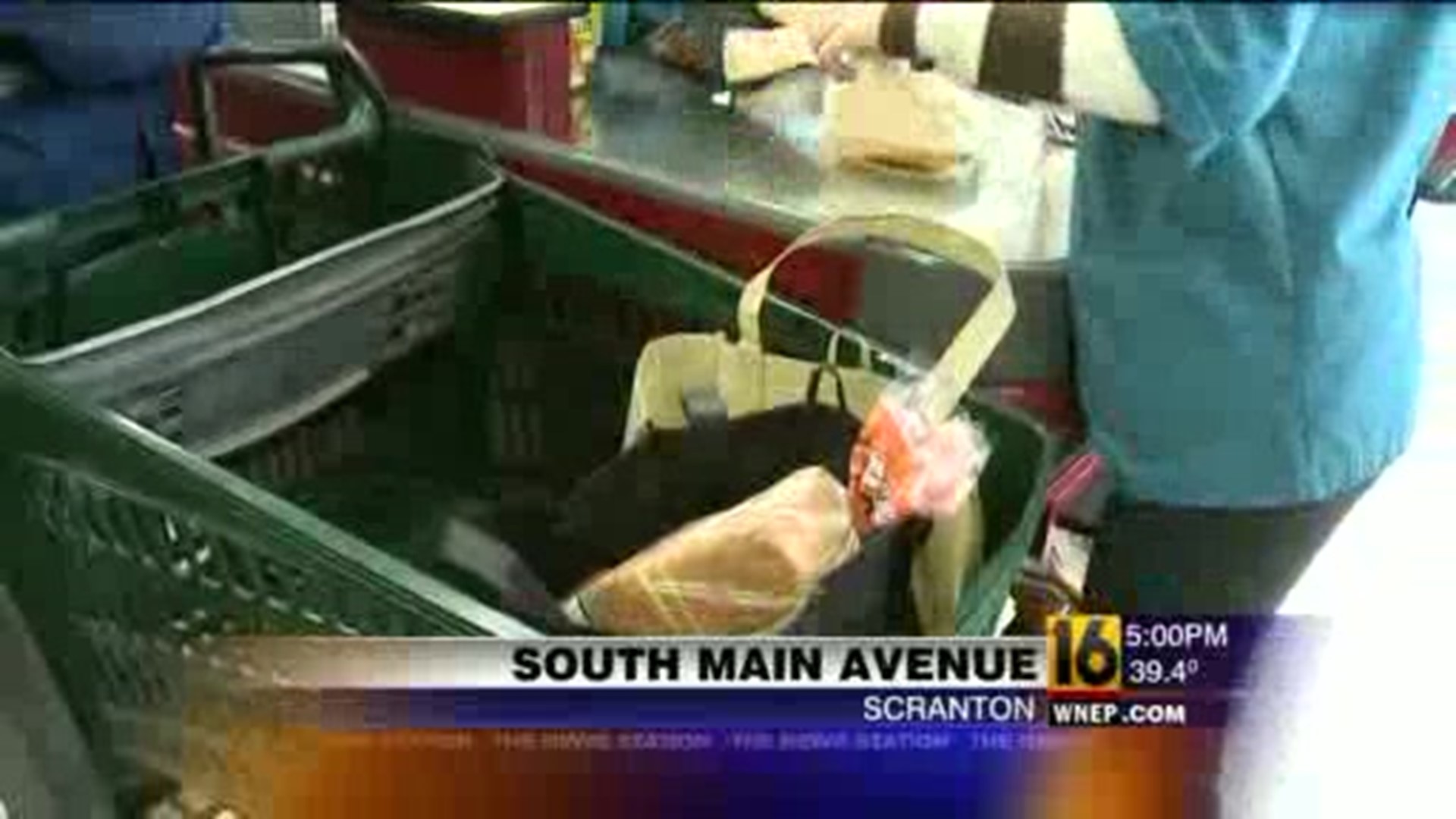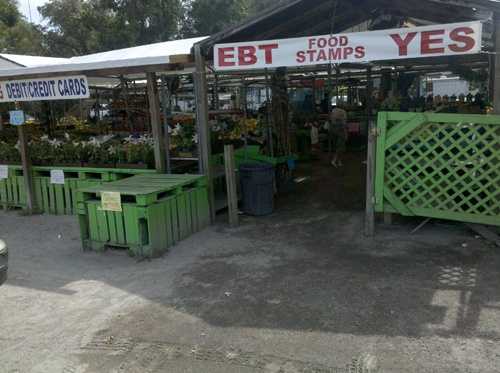
Eligible food can also include seeds and plants to grow food, meals on wheels, and meals in certain group living arrangements for elderly or disabled individuals. With the EBT cards, participants may purchase “eligible food” – food intended for human consumption but not alcoholic beverages, tobacco, and hot foods or hot food products prepared for immediate consumption. Purchasing food with the SNAP EBT card does not have the stigma associated with the old food coupons. Participants are now given an Electronic Benefit Transfer (EBT) card that looks much like a credit card. The familiar name, Food Stamps, along with the actual stamps themselves, have gone the way of paper social security checks. The Supplemental Nutrition Assistance Program – or SNAP – is the new name for the retooled and improved federal food assistance program following changes enacted in the 2008 Farm Bill. She is the past president of the Elder Law Section of the Minnesota State Bar Association and is repeatedly named a Super Lawyer in the field of elder law by her peers. Laurie concentrates her practice exclusively in the areas of government benefit eligibility, special needs trusts, trust and public benefit litigation, estate planning and planning for incapacity. The firm's focus is to provide positive strategies to individuals who are aging or living with disabilities to enable them to live as independently as possible for as long as possible. This installment was written by Special Needs Alliance member Laurie Hanson, Esq., a shareholder in the Minneapolis, Minnesota elder law firm of Long, Reher & Hanson, P.A. 307, Carlisle, PA 17013, Voice is the e-mail newsletter of The Special Needs Alliance. $.40/ per Debit swipe Resources for SNAP at the Farmers Marketįor more information, contact Cheryl Burns, Capital RC&D, 401 E.

Swipe card readers through RC&D- Wireless EBT/Debit Market Usage Fees*:

Once your market is approved, register for a swipe card reader, this will allow you to accept SNAP and debit cards at one location where customers will exchange their electronic benefits for market tokens to spend at vendor tents.

cash equivalents), vendor agreements, outreach & marketing plan Apply or register with USDA-FNS, visit - Prepare market to accept benefits: accounting, cash handling (incl. Go to to review rules for accepting EBT, read through application process The first step is to get board, vendors and staff on board and ensure there will be one tent and group of people responsible for processing the SNAP swipe cards at every market (typically the market manager's tent or a welcome tent). More people are new to the program than ever before! Less than 13% of SNAP recipient are also receiving cash assistance 28% of SNAP-eligible Pennsylvanians are elderly, but they currently only make up a little over 6% of participants Over 40% of SNAP recipients are children in PA However, many seniors only get $16 a month. The average household benefit is $265 a month. Here are some notes from Cheryl's talk: SNAP/Food Stamp Participants in PennsylvaniaĪn estimated 1 in 5 Pennsylvanians are eligible for SNAP and 1 in 7 are participating. The whole process can take as little as 2 months. The EBT machines have monthly and pre-swipe fees associated with them, so a central fund for market managing is required. The process takes a little planning: first you apply and get approved to accept SNAP, then you secure a card reading (EBT) machine and devise a token system, then you market your new convenience and start accepting SNAP.

Accepting SNAP will attract more customers to your market, allow low-income customers to support local farms while getting fresh healthy foods and also allow your market to accept debit cards. Cheryl Burns of Capital RC&D gave WAgN members a presentation on how to accept SNAP (food stamps) at the farmer's market.


 0 kommentar(er)
0 kommentar(er)
